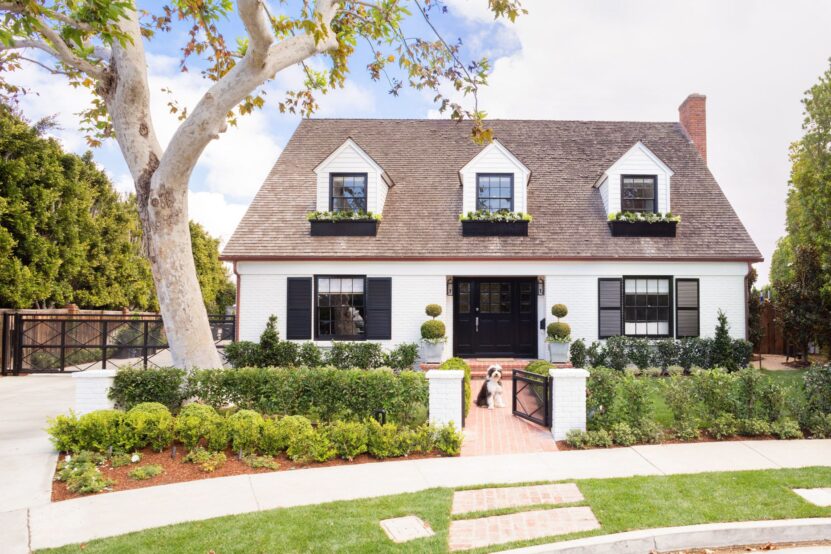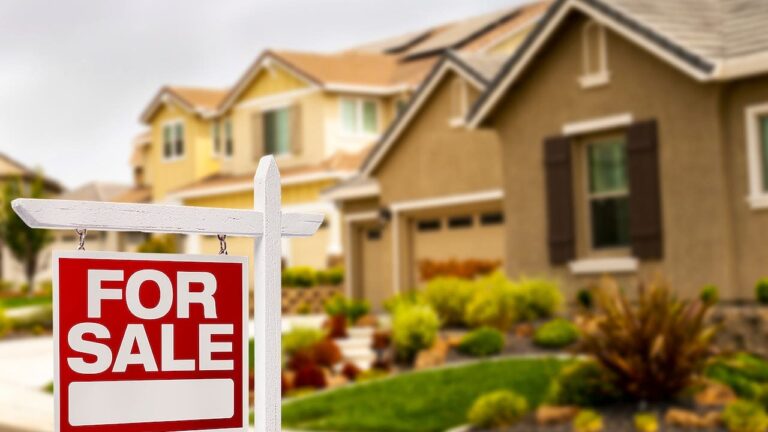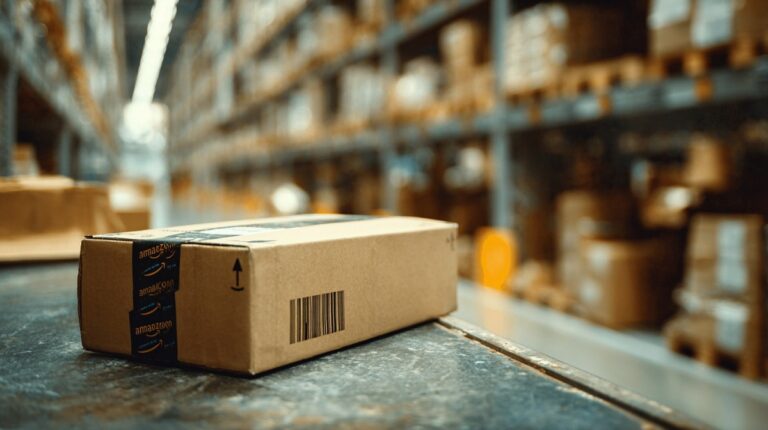Curb appeal isn’t just about impressing the neighbors, it’s about protecting your investment and making your home easier to maintain year after year. Choosing the right siding can mean the difference between constant upkeep and long-term peace of mind.
If you’re tired of repainting, sealing, or dealing with fading colors, a low-maintenance siding solution is one of the smartest upgrades you can make.
Key Points
- Choose siding that balances durability, appearance, and minimal upkeep.
- Consider weather resistance as a deciding factor for your region.
- Look for materials that mimic natural textures without the maintenance hassle.
- Proper installation is just as important as the material itself.
- Long-term value often outweighs the cheapest upfront cost.
Why Low-maintenance Siding is Worth the Investment
Low-maintenance siding saves more than just weekends, it saves money over the years. Traditional materials like wood can be beautiful, but they require sanding, repainting, and sealing to stand up to the elements. Vinyl and fiber cement have changed the game by offering options that keep their color, resist moisture, and stay strong without yearly upkeep.
Think of it this way: the less time you spend on ladders with a paintbrush, the more time you have for things you actually enjoy. Plus, the right siding can boost your home’s value and make it more appealing to buyers down the road.
Choosing a Siding Material That Fits Your Climate and Style
Your siding choice should be as practical as it is attractive. In areas with harsh winters, heavy rain, or blazing sun, not every material holds up the same.
For example, fiber cement siding has become a popular option because it handles temperature swings, moisture, and UV exposure without warping or cracking. If you want a natural wood grain look without dealing with rot or pests, fiber cement siding in Calgary delivers that classic appearance while being built for endurance.
When picking a material, also consider:
- Moisture resistance ─ Critical in wet or snowy climates.
- Fire resistance ─ Particularly important in dry, wildfire-prone regions.
- Color retention ─ So you’re not repainting every few years.
- Impact resistance ─ Helps protect against hail and wind-driven debris.
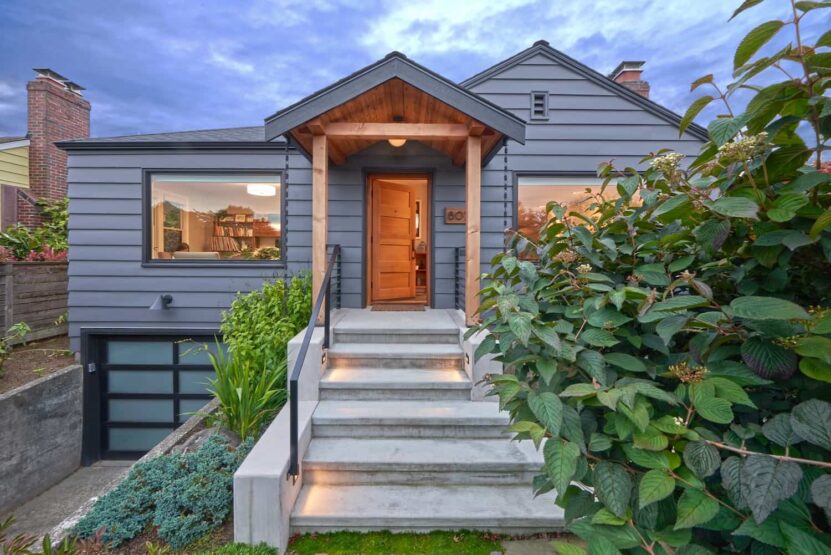
Comparing Popular Low-maintenance Siding Options
Each siding type has its strengths. Knowing the differences helps you choose what works best for your home and lifestyle.
While it’s easy to get lost in the marketing claims, nothing beats a side-by-side look at how materials compare in terms of price, durability, and upkeep. Below is a quick breakdown to help you weigh the options before making a decision.
| Siding Type | Average Cost (per sq. ft.) | Expected Lifespan | Maintenance Level | Notable Advantages |
| Vinyl Siding | $3 – $8 | 20–30 years | Low | Affordable, lightweight, many color choices |
| Fiber Cement | $6 – $12 | 30–50 years | Very Low | Highly durable, fire-resistant, wood-like appearance |
| Engineered Wood | $5 – $10 | 20–30 years | Low | Realistic wood look, less maintenance than natural wood |
| Metal (Steel/Alum.) | $6 – $11 | 40–60 years | Very Low | Weather-resistant, modern look, recyclable |
Note: Costs vary depending on location, labor rates, and whether the siding is pre-finished or requires painting. Lifespan also depends on installation quality and regional climate conditions.
Looking at the table, you can see why fiber cement and metal siding have become popular with homeowners aiming for a “set it and forget it” approach. They cost more upfront but can easily last twice as long as cheaper options, often with less hassle over the years.
Matching Siding With Your Home’s Architecture
Low-maintenance doesn’t mean sacrificing style. The right siding can highlight your home’s design and architectural features.
- Modern homes ─ Smooth fiber cement panels or sleek metal siding give a contemporary feel.
- Traditional homes ─ Clapboard-style vinyl or fiber cement boards keep the classic look without the upkeep.
- Rustic styles ─ Engineered wood or textured fiber cement siding mimics cedar or reclaimed wood, but with better durability.
Even mixing materials, like stone veneer with fiber cement, can add depth and break up large wall surfaces.
The Role of Color and Finish in Maintenance
Not all colors age the same way. Dark shades absorb more heat, which can cause expansion and contraction in certain materials. Lighter shades reflect heat and often keep their look longer.
Look for siding products with UV-resistant finishes to prevent fading, especially in sunny climates. Many modern siding products come pre-finished with baked-on colors that last decades without repainting.
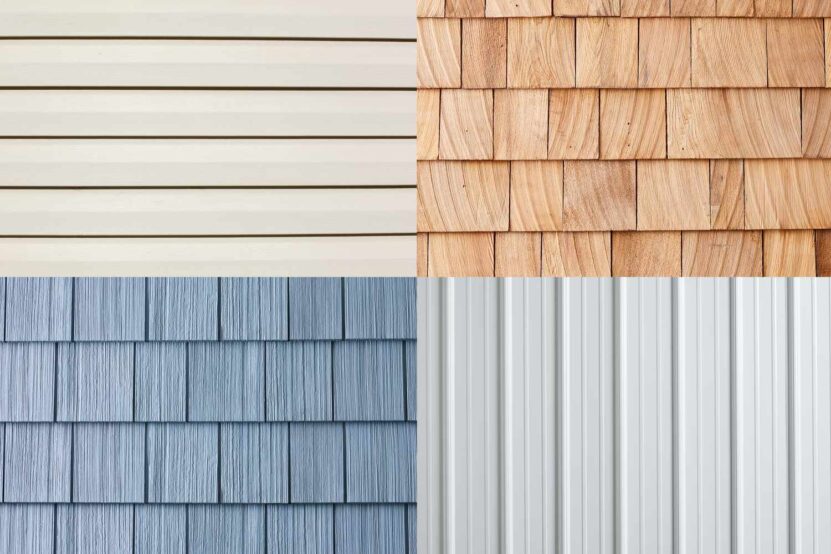
Proper Installation Makes All the Difference
Even the best siding can fail early if it’s not installed correctly. Gaps, improper flashing, or poor sealing can let moisture in and cause damage behind the panels.
Hiring a qualified installer ensures:
- Siding is fastened properly for your climate’s expansion and contraction rates.
- Seams are sealed against moisture intrusion.
- The underlayment is correctly installed for additional protection.
It’s worth checking that your installer is certified for the siding brand you choose—some warranties require it.
The Long-term Value of Low-maintenance Siding
While some homeowners hesitate at the higher upfront cost of fiber cement or engineered wood, the savings over time can be significant. Reduced painting, fewer repairs, and a longer lifespan often offset the initial expense.
In many cases, upgraded siding can:
- Improve insulation and lower energy bills.
- Increase resale value by boosting curb appeal.
- Reduce the risk of costly repairs from moisture or pests.
A good siding choice isn’t just an aesthetic decision, it’s a financial one.
Maintenance Tips for Getting Decades Out of Your Siding
Even low-maintenance siding isn’t “no maintenance.” A little care goes a long way:
- Rinse annually with a garden hose to remove dirt and pollen.
- Inspect for damage after major storms to catch issues early.
- Trim nearby trees and shrubs to prevent scratches and mildew growth.
- Re-caulk joints every few years to keep moisture out.
These quick tasks can add years to your siding’s lifespan and keep your home looking fresh.
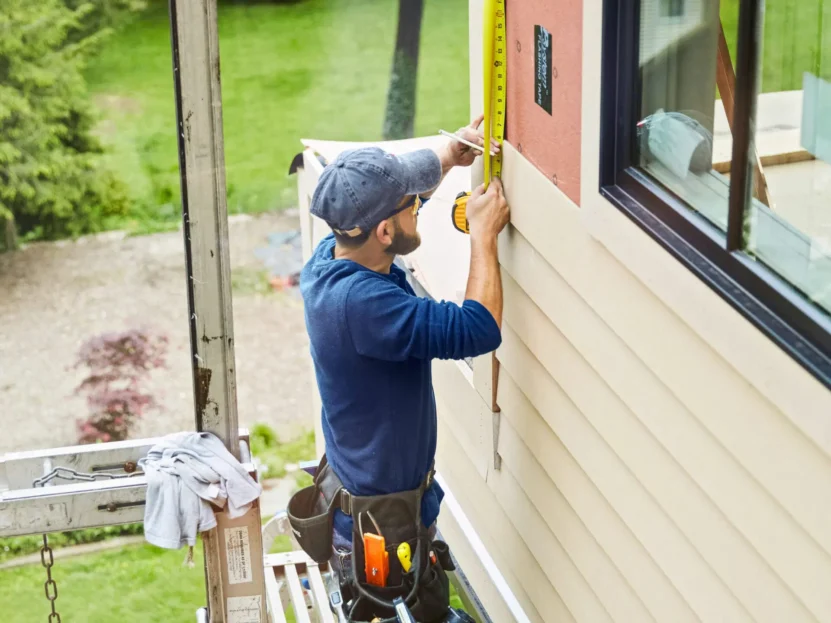
When to Consider Upgrading Your Siding
If your current siding is cracked, warped, or showing signs of rot, it’s not just a cosmetic issue, it could be affecting your home’s structure. Upgrading sooner rather than later can prevent costly structural repairs.
Signs it’s time to upgrade include:
- Peeling paint or frequent repainting needs.
- Visible rot or mold growth.
- High energy bills due to poor insulation.
- Pest damage or insect infestations.
Final Thoughts
Upgrading your home exterior with a low-maintenance siding solution is about combining practicality with style. By choosing the right material for your climate, working with skilled installers, and keeping up with light upkeep, you can have a home that looks great for decades without becoming a maintenance headache.
If you’re in a region with tough weather, investing in a siding solution like fiber cement can be one of the best home improvement moves you make, not just for the look, but for the value and time it saves.

